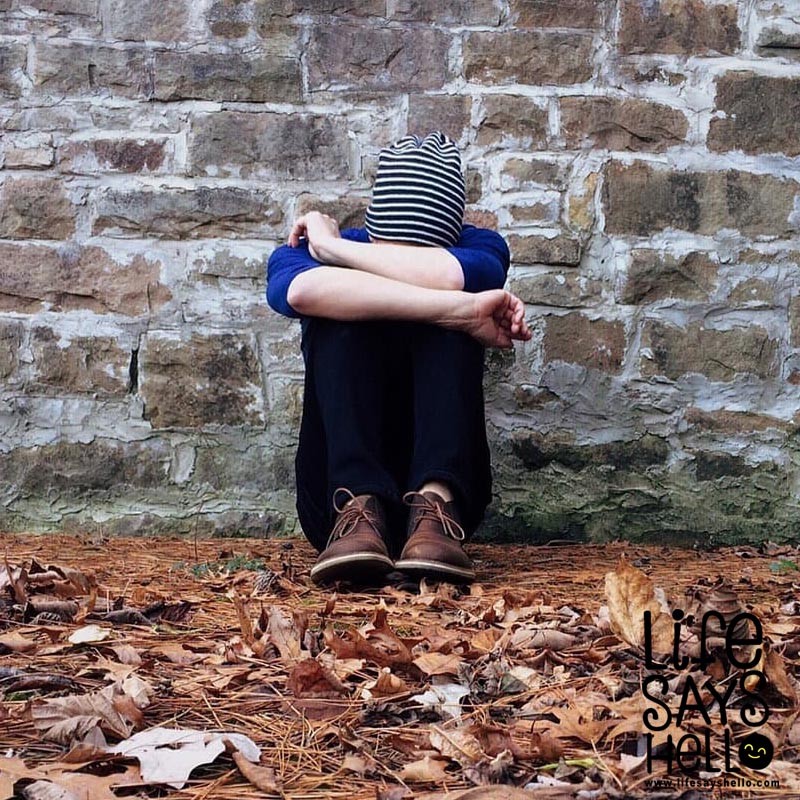Understanding Teen Drug Use: What is the Number One Drug Used by Teens?

*Why Teen Drug Use is a Serious Problem
Teen drug use is a serious issue that affects countless families and communities across the world. Not only does it lead to serious physical and mental health problems, but it can also result in legal troubles, academic struggles, and strained relationships with family and friends. Despite this, many people are unaware of the extent of the problem, or the specific types of drugs that teens are using.
In this article, we will explore the most commonly used drug among teens, and what you can do to help a teen struggling with substance abuse.
What is the Number One Drug Used by Teens?
According to recent statistics, marijuana is the most commonly used drug among teens. In fact, over a third of high school seniors report having used marijuana within the last year. This is followed closely by prescription drugs, such as opioids and ADHD medications. While alcohol and nicotine are also frequently used by teens, they are not considered drugs in the same sense as marijuana and prescription medications.
The Rise of Marijuana Use Among Teens
One of the most concerning trends in teen drug use is the growing popularity of marijuana. While many people often dismiss marijuana as a harmless drug, it is important to understand that it can have serious and long-lasting effects on the brain. In fact, studies have shown that marijuana use during adolescence can lead to a decline in IQ, as well as increased risk of mental health problems, such as depression and anxiety.
So why are so many teens using marijuana? There are a variety of factors that contribute to the rise in marijuana use, including increased availability and changing attitudes around the drug. With marijuana becoming legal in many states, teens may see it as less risky or dangerous than other drugs. Additionally, many teens are drawn to marijuana because of its reputation for making people feel relaxed and happy.
The Dangers of Marijuana
While many people view marijuana as a relatively harmless drug, it is important to understand the potential risks and side effects associated with use. In addition to the long-term effects on brain development and mental health, marijuana use can also lead to short-term impairments in judgement, memory, and coordination. This can result in accidents or injuries, particularly when combined with activities like driving or operating heavy machinery.
Marijuana use can also lead to addiction. Contrary to popular belief, marijuana can be just as addictive as other drugs, with some estimates suggesting that as many as one in six people who try marijuana will become addicted. Addiction can lead to a host of negative consequences, including lowered academic performance, relationship problems, and financial difficulties.
The Impact of Opioid Use Among Teens
While marijuana may be the most commonly used drug among teens, opioids are becoming an increasingly serious problem. In recent years, there has been a sharp increase in opioid-related deaths, with many of these deaths occurring among young people. Whether they are obtained illegally or through prescription, opioids can have serious and life-threatening effects.
Like marijuana, opioids can be highly addictive. In fact, opioid addiction is so pervasive that it has been labeled a national epidemic. Once addicted, teens may experience a range of physical and mental health problems, including respiratory depression, liver damage, and depression. Additionally, opioid addiction can lead to legal troubles, financial difficulties, and strained relationships with loved ones.
How to Help a Teen Struggling with Substance Abuse
If you suspect that a teen in your life is struggling with substance abuse, it is important to take action as soon as possible. The longer that drug use goes on, the harder it can be to stop. Here are some steps you can take to help a teen struggling with substance abuse:
- Speak to the teen in a supportive and non-judgmental way, expressing your concern and offering to help.
- Encourage the teen to seek professional help, such as counseling or rehabilitation.
- Help the teen find alternative hobbies or activities that they can engage in instead of using drugs.
- Seek support for yourself, such as joining a support group or seeking therapy, to help you cope with your own feelings around the situation.
Conclusion: The Importance of Addressing Teen Drug Use
Teen drug use is a serious and complex problem that requires attention from parents, educators, and communities at large. While marijuana and prescription medications remain the most commonly used drugs among teens, the rise of opioid use is particularly concerning.
By understanding the risks and effects of drug use, identifying signs of substance abuse, and offering support and resources to those in need, we can work to reduce the negative impact of drugs on our young people.




Comments